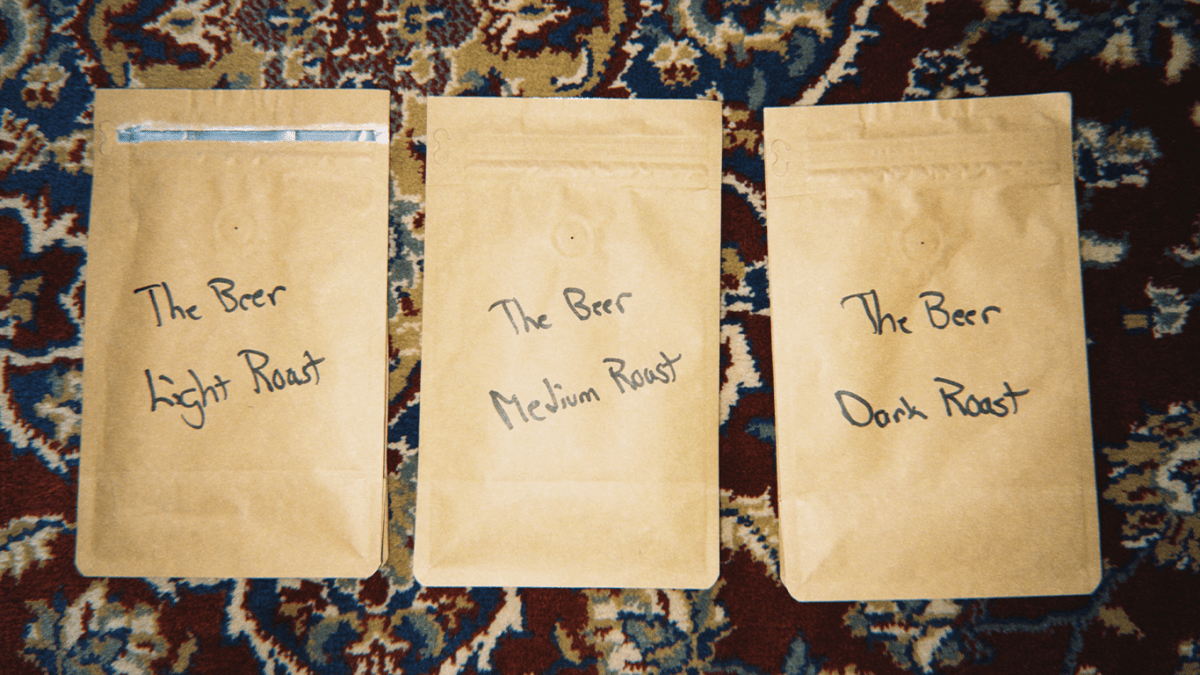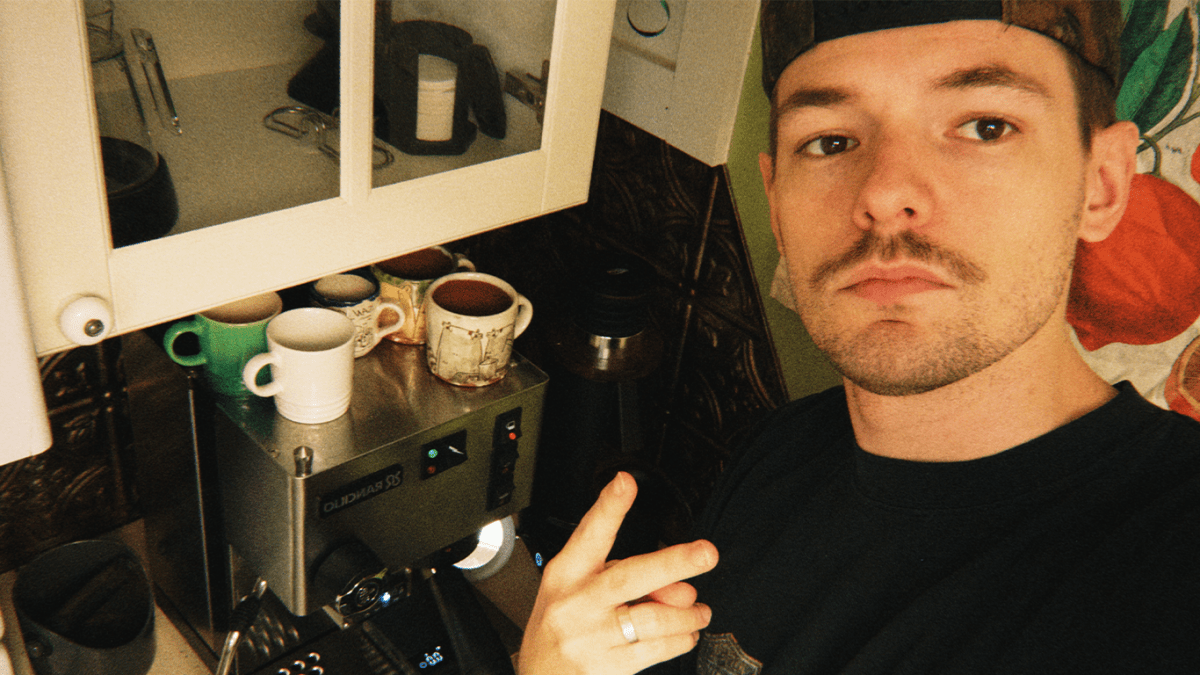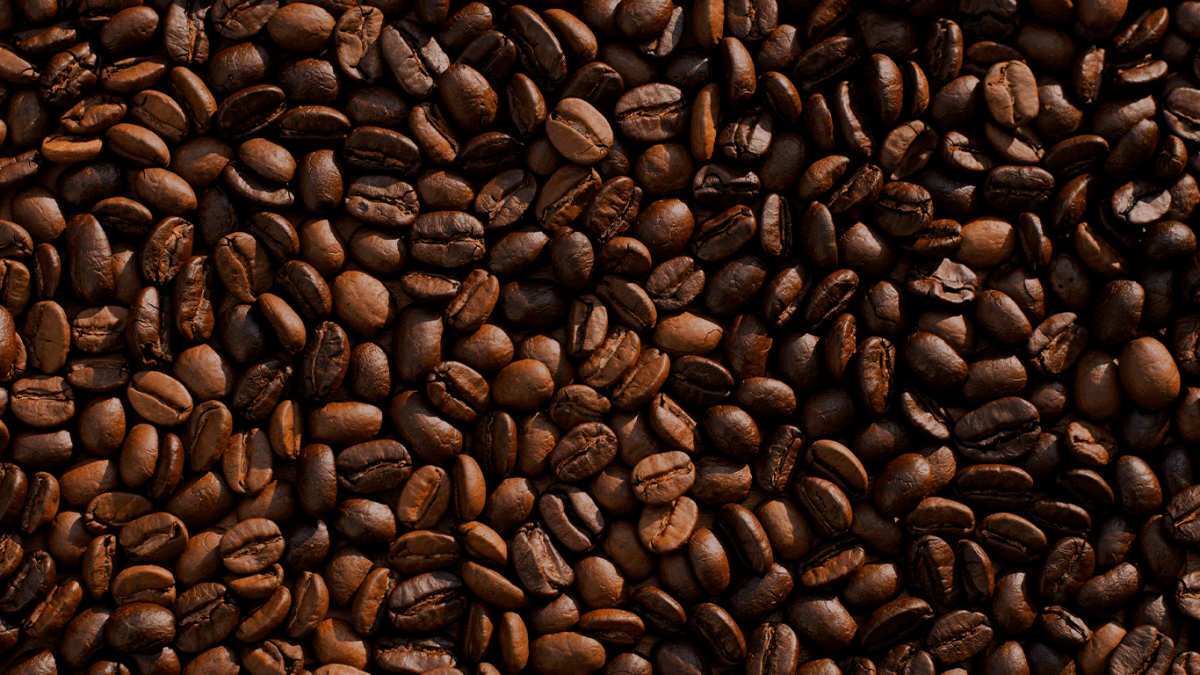DROP #4 SEPTEMBER 5, 2025 @ 12:00 PM EST
Exploring Coffee Processes: Natural vs. Washed, Honey, and Experimental

To tons of people, coffee is straight-forward.
To people like us, it rarely is.
Beneath the surface lies a world of intricate processing methods that transform how your coffee tastes, feels, and even smells. From berry-bomb naturals to the crisp clarity of washed beans, coffee processing is an art that shapes every sip you take. Let’s dive in and explore why these processes matter, how they affect flavor, and where you can find them—especially if you’re craving something truly rebellious and out of the ordinary.
Table of content
Why Coffee Processing Matters
Picture this: a coffee cherry plucked fresh from a tree, bursting with natural sugars and bright acidity. Before it ever meets a roaster, farmers decide how to remove the cherry’s skin and pulp—or whether to leave them on during drying. That single decision can drastically change the final cup. If you’ve ever tasted a coffee that’s super fruity or one that’s clean and tea-like, processing is often the reason.
It’s More Than Roasting: Roasting grabs the spotlight, but the groundwork for flavor often starts the moment the cherry is harvested.
Highlighting Terroir: Different regions prefer different methods. A washed coffee from Ethiopia might highlight floral notes, while a natural process in Brazil showcases sweet, heavy body.
Tradition Meets Experimentation: Some regions stick to tried-and-true techniques. Others push boundaries, experimenting with new ways to ferment beans for exotic results. (For more on coffee standards, see the Specialty Coffee Association.)
Ultimately, coffee processing is part science, part art.
Coffee Processing Methods Explained
Once coffee cherries are harvested, producers must decide how to handle the pulp, mucilage, and skin around the seed. The traditional mainstays are natural, washed, and honey processes—each with its own spin and flavor impact. Then there are experimental methods that push coffee into new frontiers.
Natural Process
Sometimes called the dry process, this method keeps the coffee cherry mostly intact during drying. The cherries are laid out in the sun on drying beds or patios, allowing natural fermentation to take place within the fruit itself. (Learn more about fermentation science at CoffeeChemistry.com.)
Flavor Profile
Natural-processed coffees can be intensely fruity—think ripe strawberries, blueberries, or even a wine-like tang. The extended contact with the cherry’s sugars often creates a heavier body and lingering sweetness.
Washed Process
Also referred to as the wet process, washed coffees involve removing the cherry’s pulp with water right after harvest. The beans typically undergo a quick fermentation to clear away the remaining mucilage, then get rinsed and dried.
Flavor Profile
Expect a clean, bright, and crisp taste. Because the fruit isn’t fermenting around the bean, you often experience the coffee’s intrinsic qualities tied to origin, variety, and altitude, rather than fruit-driven notes.
Honey Process
Here, the coffee cherries are partially depulped, leaving some sticky mucilage (nicknamed “honey”) on the bean. During drying, this leftover pulp imparts sweetness and body.
Flavor Profile
Honey-processed coffees often split the difference between natural and washed—highlighting sweetness but not exploding with fruit. You might detect notes of caramel, brown sugar, or subtle fruit.
Experimental...and Beyond
If natural and honey processes already seem adventurous, some producers take it further with methods like anaerobic fermentation, carbonic maceration, or yeast-inoculated coffees. These cutting-edge techniques create exotic flavor profiles that can include tropical fruit, floral booziness, or even savory spice.
Flavor Profile
Totally unpredictable. One batch might taste like spiced mulled wine, another like mango jam.
How Processing Affects Coffee Flavor
You might wonder why processing exerts such a powerful influence. The short answer is fermentation—the contact between sugars in the cherry and microorganisms in the environment. That fermentation can emphasize or suppress acidity, sweetness, and overall complexity.
Acidity
Washed coffees tend to spotlight a crisp acidity, while naturals deliver a softer, fruitier acidity. Honey processes often sit in the middle.
Sweetness
Natural coffees can be syrupy sweet. Honey process is moderately sweet, while washed coffees might carry a lighter, more refined sweetness.
Body and Mouthfeel
The more fruit contact, the thicker the perceived body. That’s why naturals can feel plush and jammy, while washed coffees can be clean and tea-like.
In essence, if you’ve ever tasted a coffee that made you stop and say, “How is this even coffee?”—processing is probably the reason.
Choosing the Right Process for You
Still not sure which method suits your taste buds? Think about what you typically enjoy:
If You Love Fruity Explosions
Natural or experimental processes (like anaerobic) might win your heart with their vibrant, sometimes wild flavors.
If You Crave Clean Clarity
A washed coffee from a high-altitude region can be eye-opening—bright, zesty, and almost tea-like.
If You Want Gentle Sweetness
Honey-processed beans offer caramel, honeyed notes, and a balanced acidity.
If You’re Feeling Bold
Dare to try carbonic maceration, double-fermented, or other experimental techniques for a completely new tasting experience.
Part of coffee’s rebellious charm is that you don’t have to pick just one. Variety is the spice of life, so why not taste them all?
Where to Find These Coffees
Local Roasters and Cafés
Independent roasters and third-wave coffee shops often rotate in micro-lots that highlight different processes. If you see a sign proclaiming “Anaerobic Natural from Colombia,” ask for a sample. Chances are, they’re proud of showcasing something off the beaten path.
Online Marketplaces
Some multi-roaster sites let you filter by process. That means you can compare, say, a natural Ethiopian to a honey-processed Costa Rican side by side. Great if you’re on a quest to explore every nook of the coffee world.
Dös Coffee Club
If you’re tired of monthly fees, overhyped subscriptions, or dull selections, Dös Coffee Club is all about discovering new frontiers in coffee. From a sweet honey-processed gem to a wild fermented micro-lot that tastes like spiced fruit punch, Dös zeroes in on beans that challenge the norm.
Text-to-Order Simplicity: We’ll text you about our newest find; you reply “Yes,” and it’s en route. No tricky subscriptions, no hidden fees—just fresh beans ready to blow your mind.
Curation: We’ve got a thing for boundary-pushing processes. If there’s a farmer trying something outlandish (and pulling it off), we’re on it.
Community Over Snobbery: Learning about coffee doesn’t mean memorizing pretentious jargon. We keep it honest, approachable, and fun.
Yes, you can use the same gear and techniques for both. However, many people tweak grind size or water temperature slightly to highlight each coffee’s best attributes. Experiment and see what you love.
Depends who you ask. But here's what we think...Hardly. Coffee producers have long tinkered with fermentation. The current surge in unique methods might be new, but the spirit of innovation is timeless. Whether it’s a fad or not, it’s delivering fresh, exciting flavor experiences.
It can carry a honey-like sweetness, but it’s not literal honey flavor. The term refers to the sticky mucilage around the bean, which influences flavor and texture.
A washed coffee is often a good baseline for newcomers—it’s straightforward and shows the bean’s inherent qualities. But if you love fruit-forward flavors right away, a natural or honey-processed bean might hook you.
Keep them in a cool, dark place in an airtight container. Because these are specialty beans with unique processes, freshness matters even more—you want those distinct flavors to shine.
If you take anything away from this blog it should be that coffee processing is a landscape of flavor. From the jammy sweetness of naturals to the clean crispness of washed beans—and the experimental realm total coffee nerd, exploring the differences in processing can elevate your morning routine from mundane to mind-blowing.



